Down an unmade lane in the quaint countryside Essex village of Hatfield Heath lies what at first appears to be a set of abandoned farm sheds. This hutment was in fact Prisoner of War Camp ‘High Hall’ 116, and once housed around 1,500 Italian, Austrian, and (from 1943) German soldiers captured in the European and North African theatres of the Second World War; often put to work on nearby farms. It was built in 1941. No political Nazis were housed in this camp and generally residents of such camps were welcomed into their adjacent communities, often being described as polite. After the war, the Germans had to remain for several years after Italian POWs had left. Rather than returning home to mainland Europe, the inmates would sometimes spend the rest of their lives in the village. On Boxing Day 1945, a note-worthy football match occurred between the POWs and locals with around 700 spectators. The prisoners won 11-0!

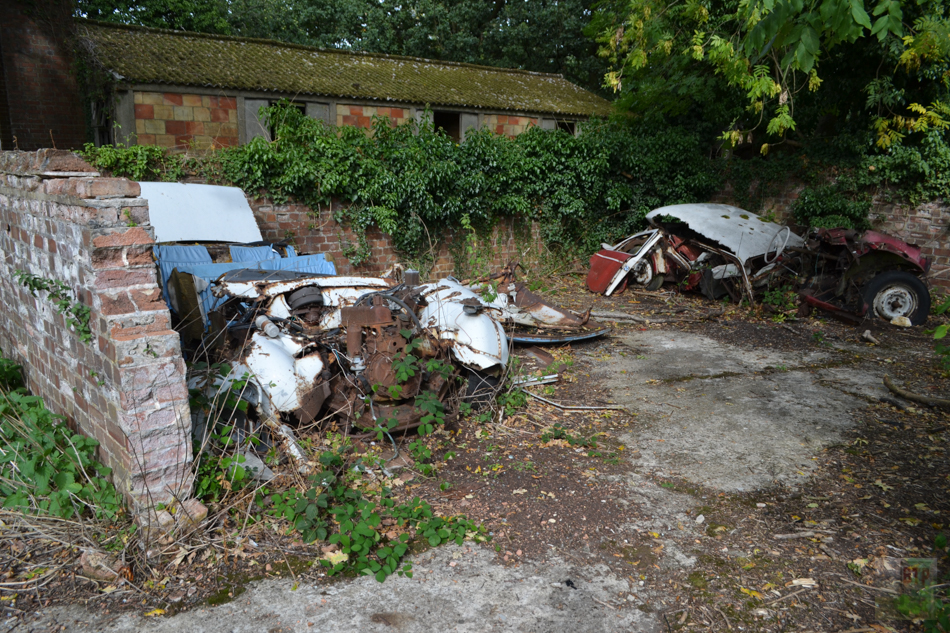
Part of the camp is still used today by Greenways Eggs, whereas the southern half has been left to rot. Its old roads complete with Hillman Minx cars parked there for decades sit rusting away. A large Nissen hut on the perimeter of the camp contains a huge Massey-Ferguson combine-harvester which has rusted into an unrecognisable skeletal frame. Despite enormous protest from locals and history enthusiasts alike, the camp appears to be set for demolition imminently, keeping only the central brick water tower – the only permanent structure on site. We ventured up the first two of its three floors. The very roof could be accessed by a thin metal ladder emerging out the side of the structure’s third level, although this looked both incredibly unsafe, high, and without anything much of an actual platform to stand on at the top – we did not fancy it! The sheds that survive all vary in shape, although the camp follows a standard layout and design for British POW camps of World War Two. They survive complete with original paintwork, graffiti left by those interred, kitchen sinks, toilets, shelves, fireplaces, and other kinds of furnishings. It is as if time stood still here, although the cheaply-constructed sheds made from timber, brick, wooden and asbestos panelling, and concrete have become in some instances damaged beyond repair or chance of finding a new purpose. One of the sheds nearer the north-east of the site has had its walls completely give way on itself, collapsing so that only its roof now extends from ground-level. Having said this, some still have reasonable structural integrity and there is very little in the way of modern graffiti vandalising the site. It could well have been cleared not too long ago as it is strange how the southern section of the camp bears no real signs of human usage in its years since the prisoners moved out.
Sheds:
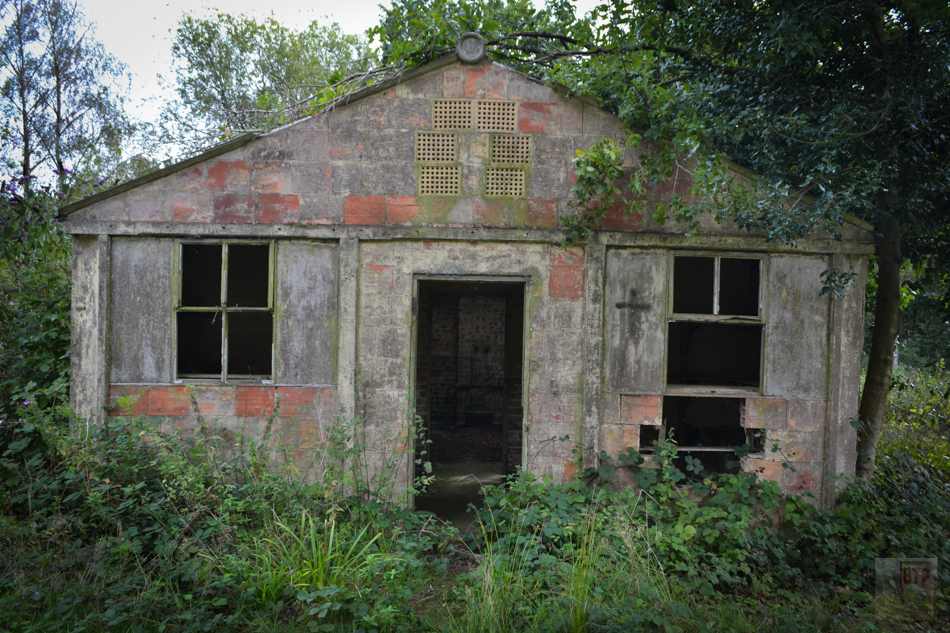
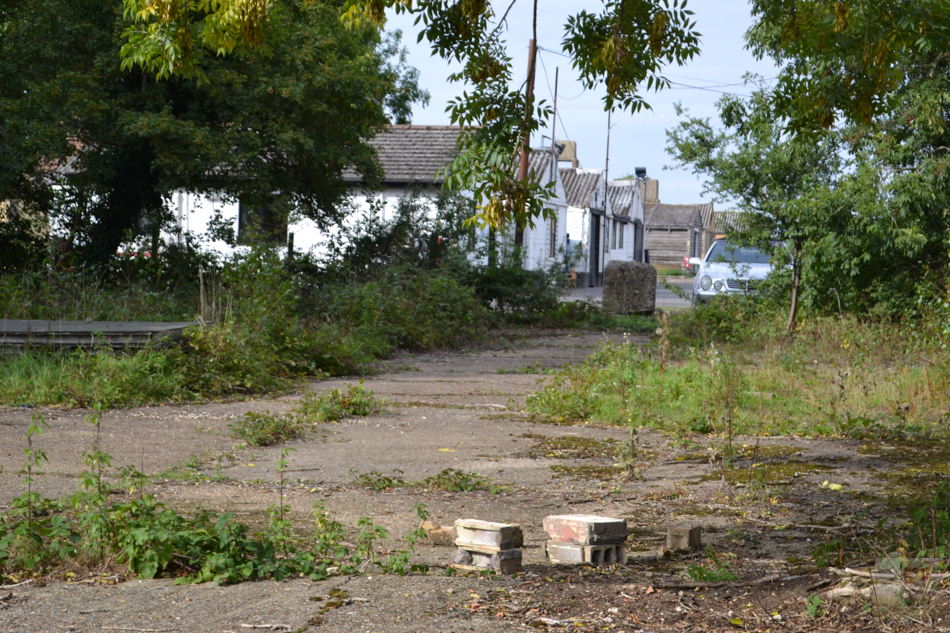
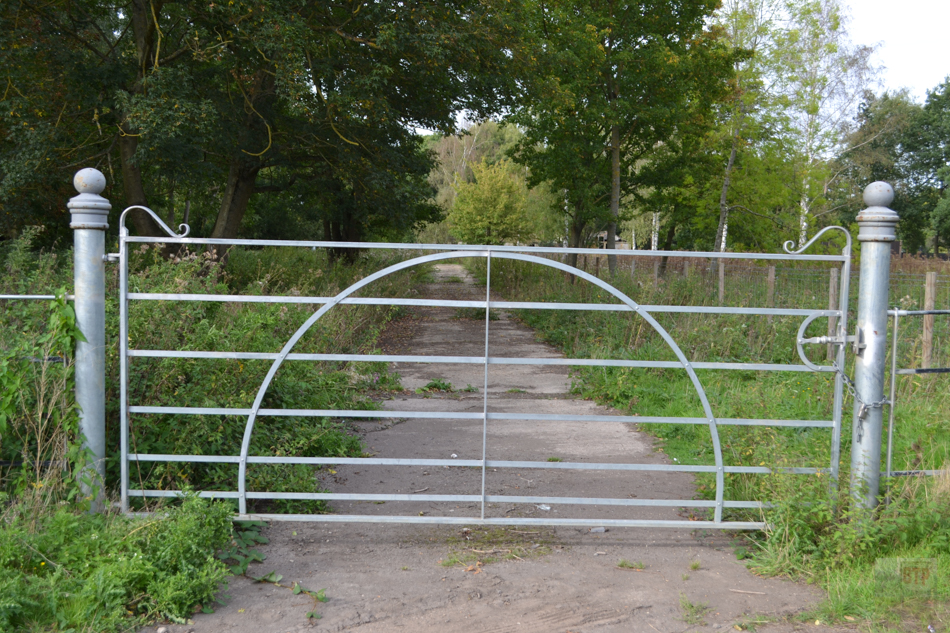
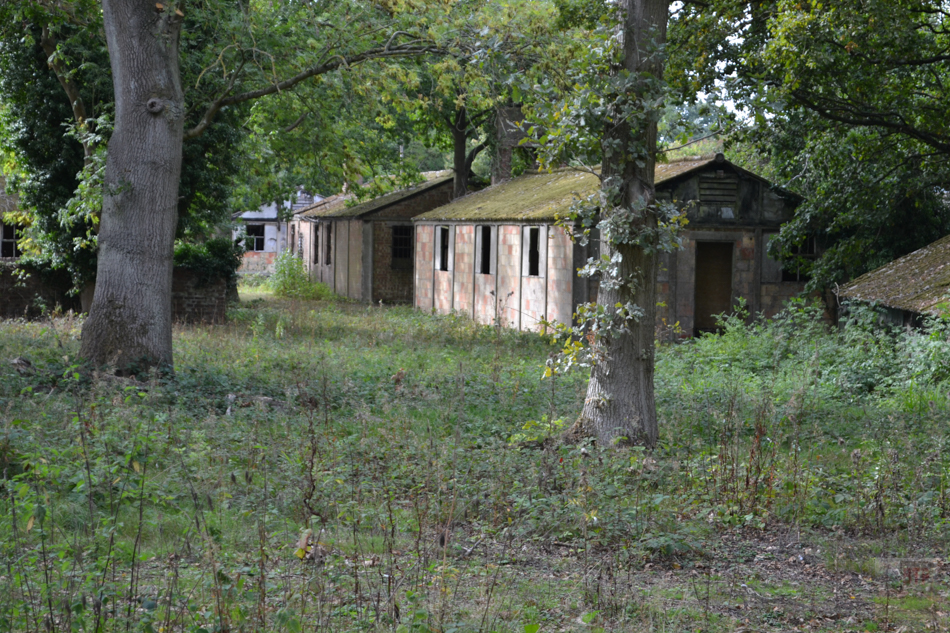
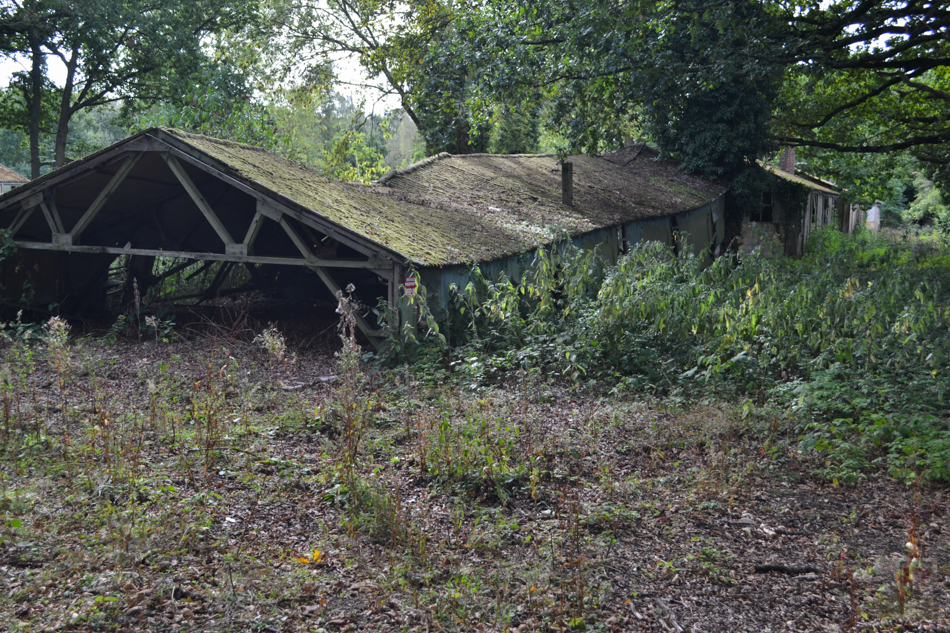
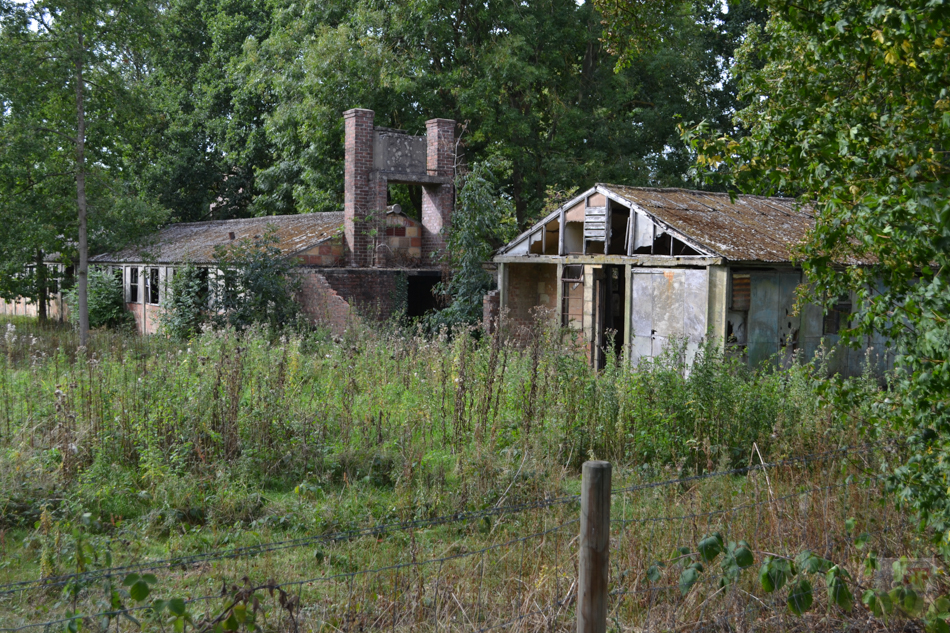
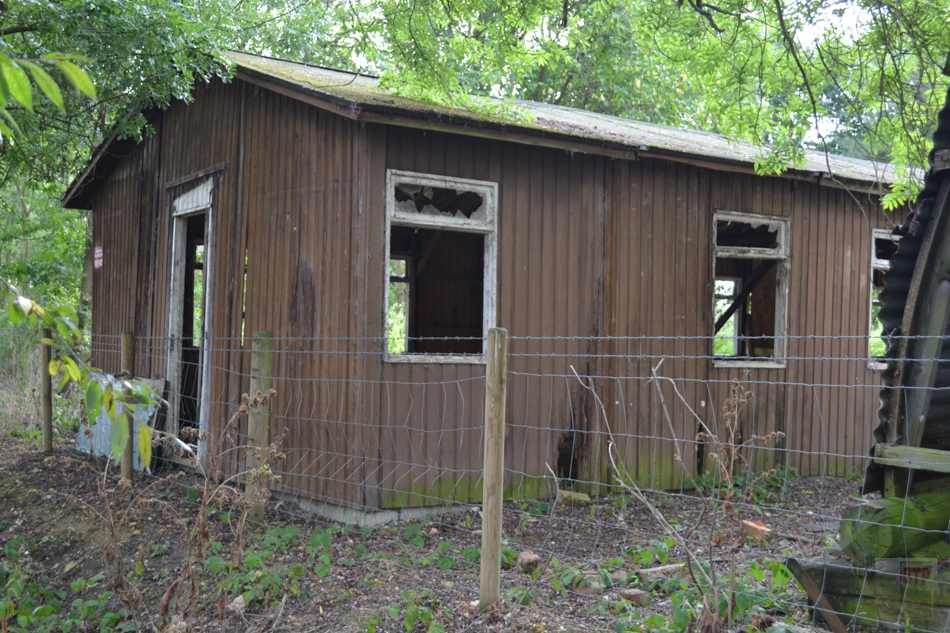
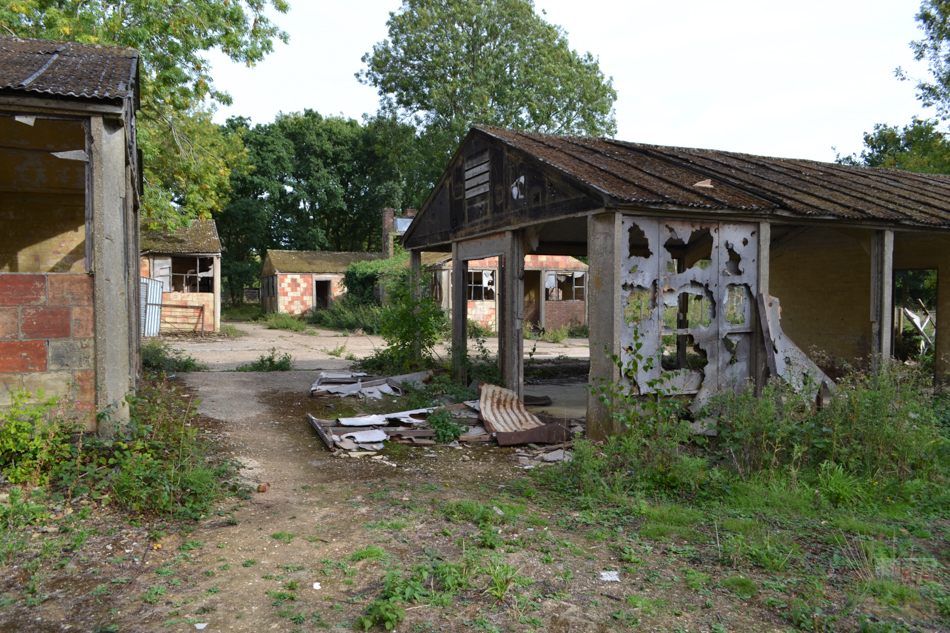
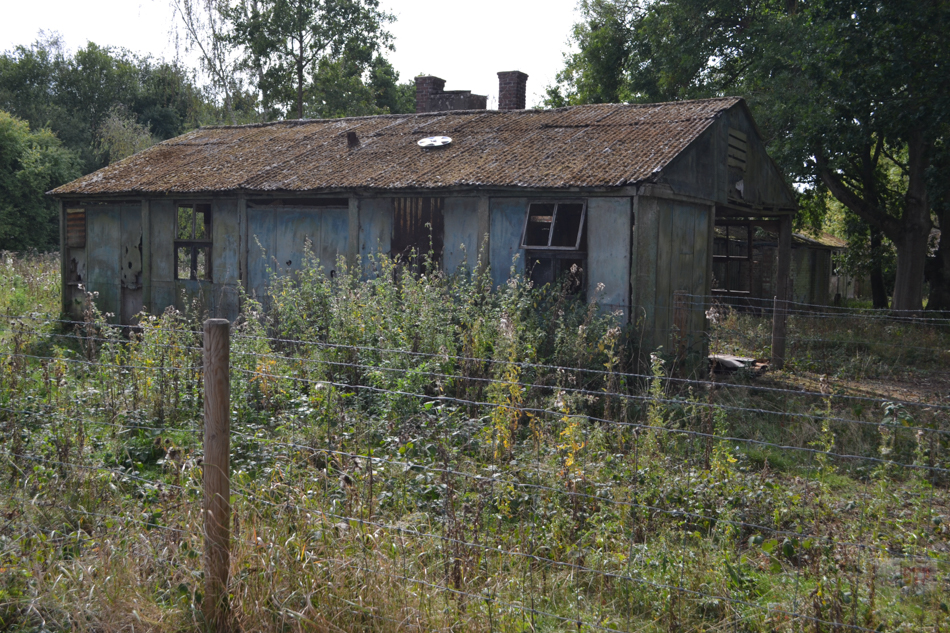
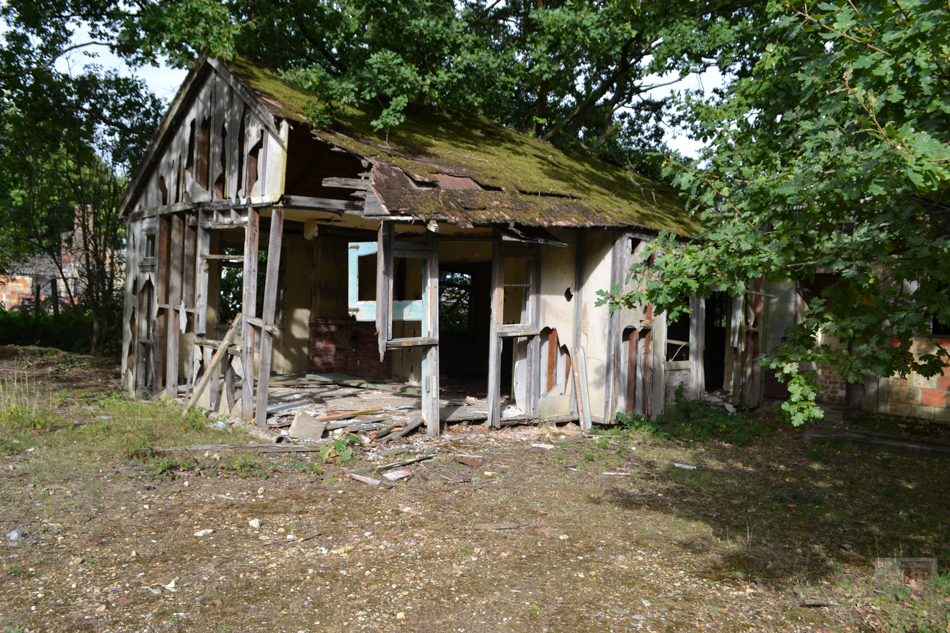
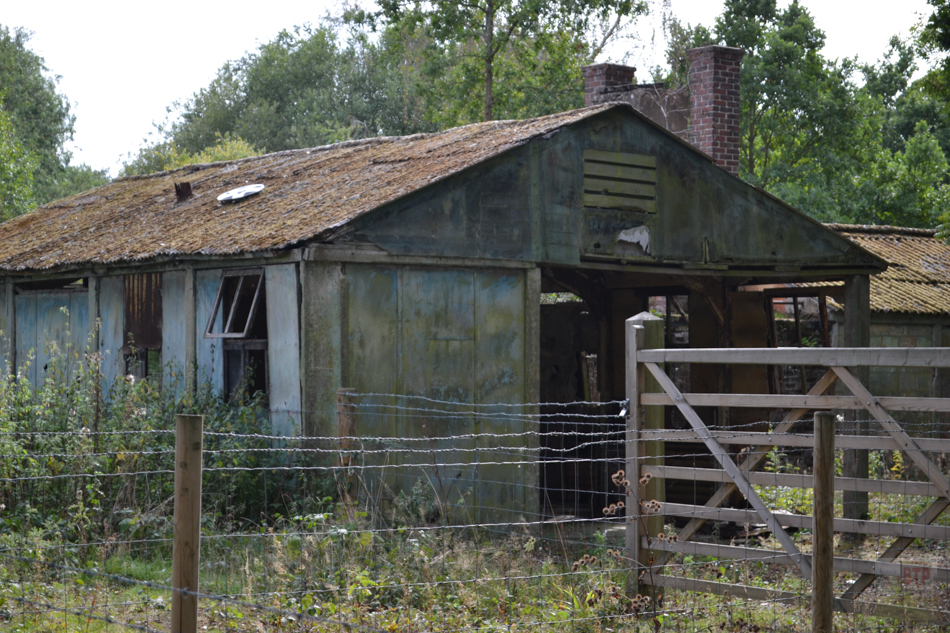
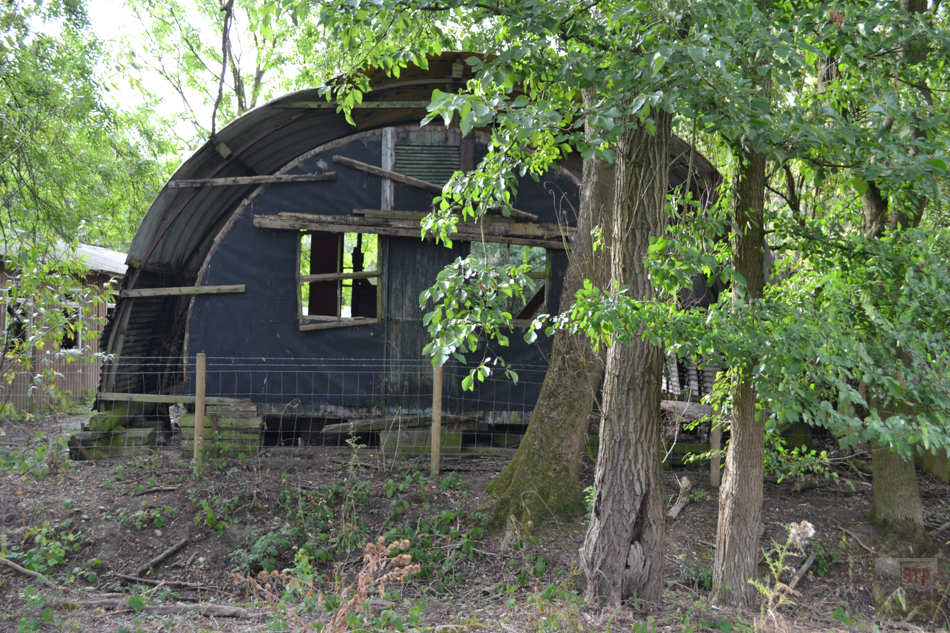
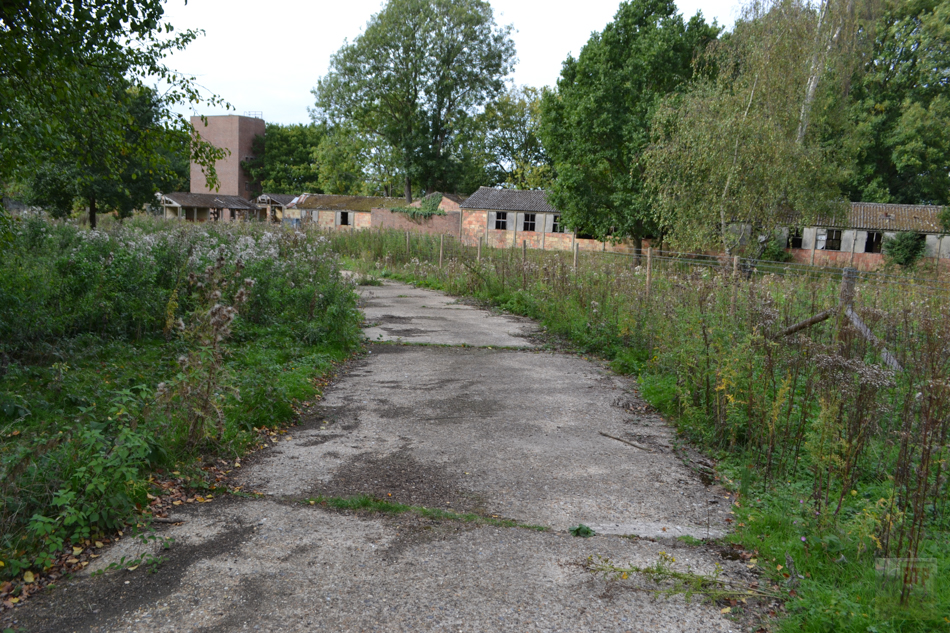
Water Tower:
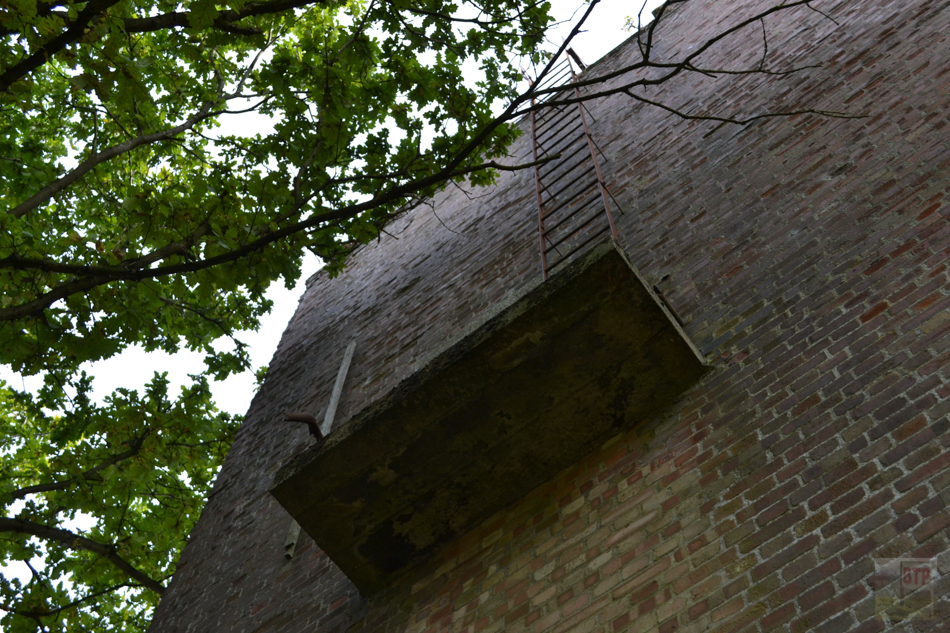
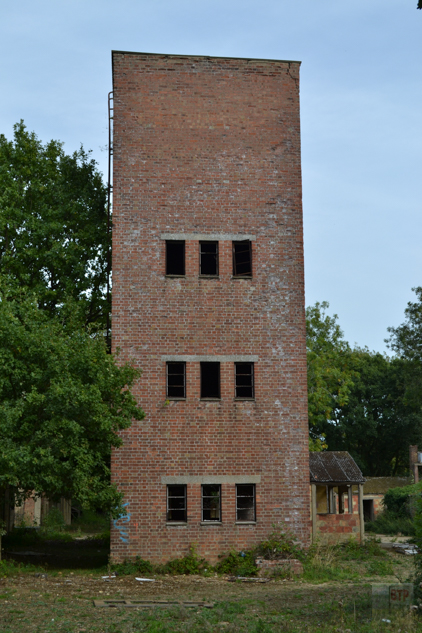
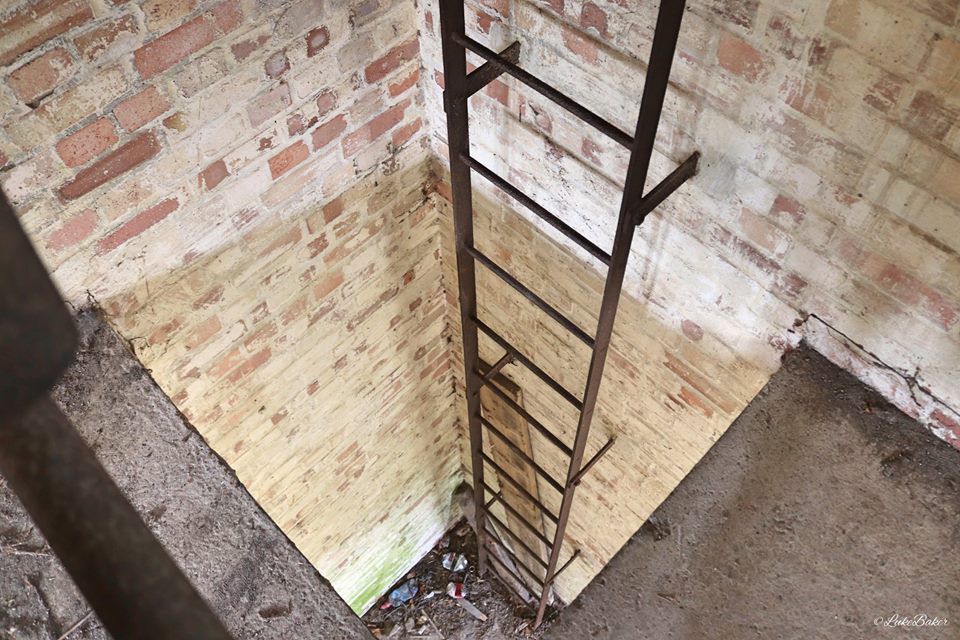
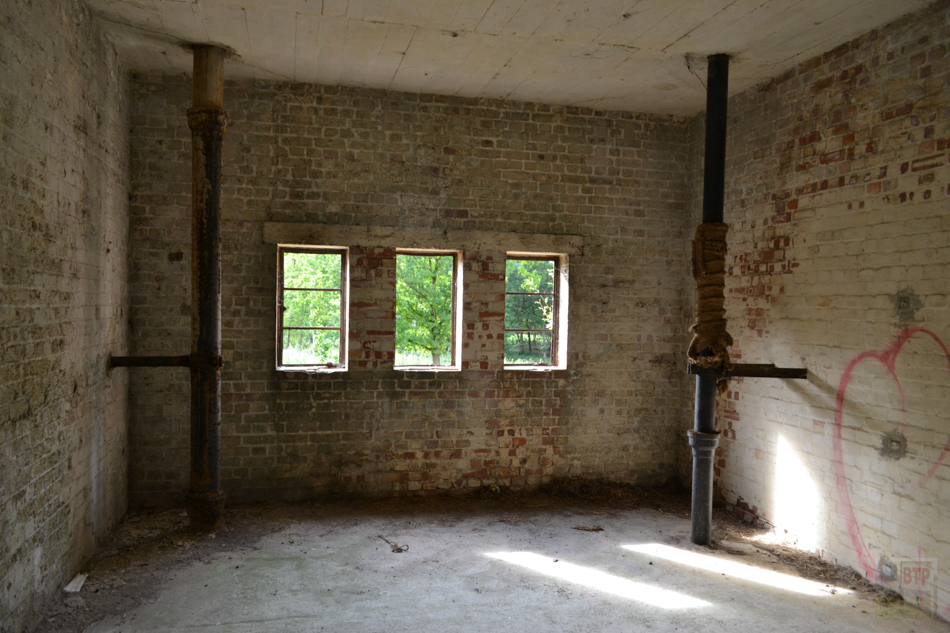
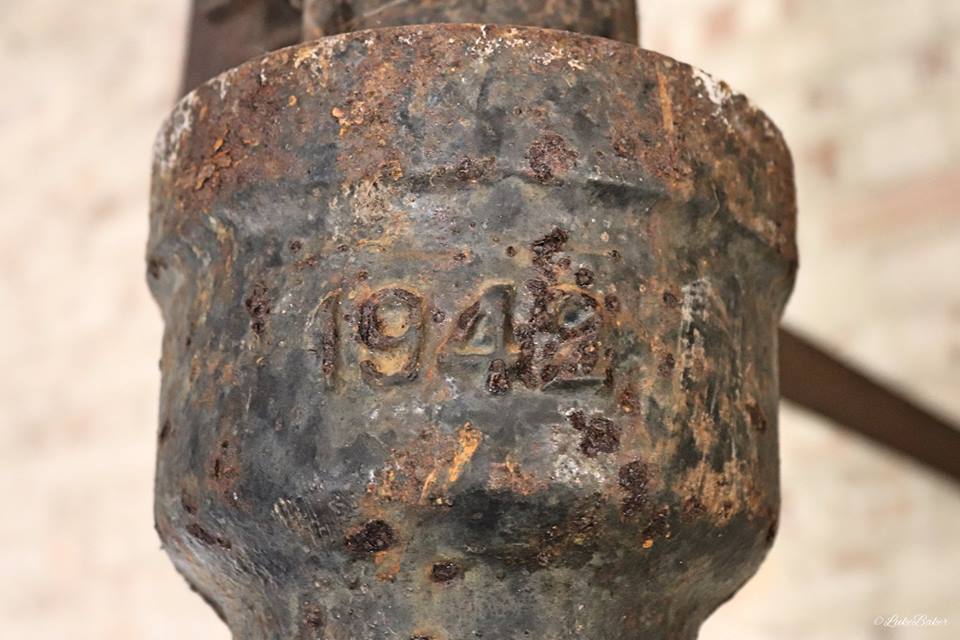
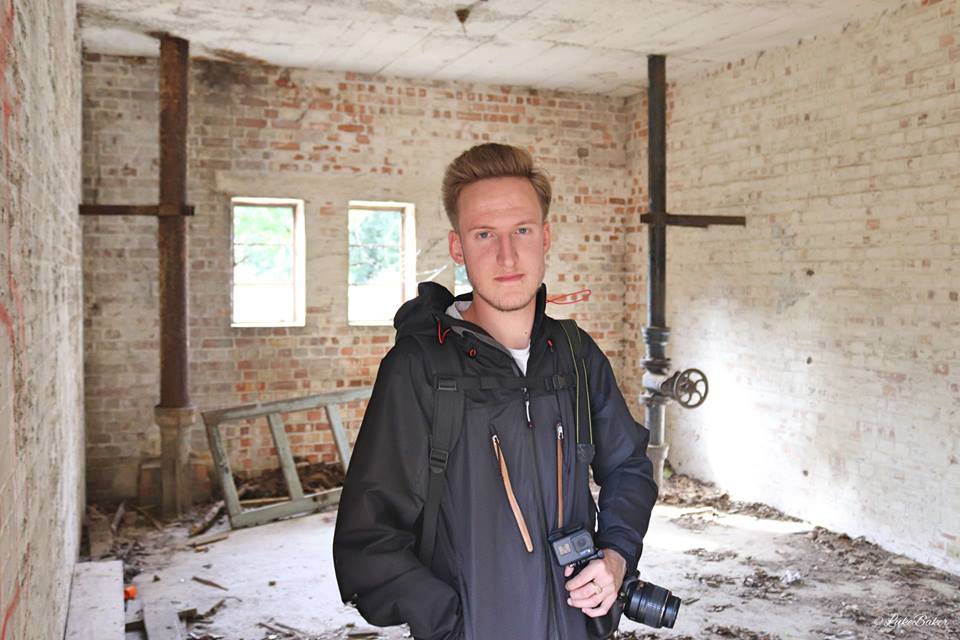


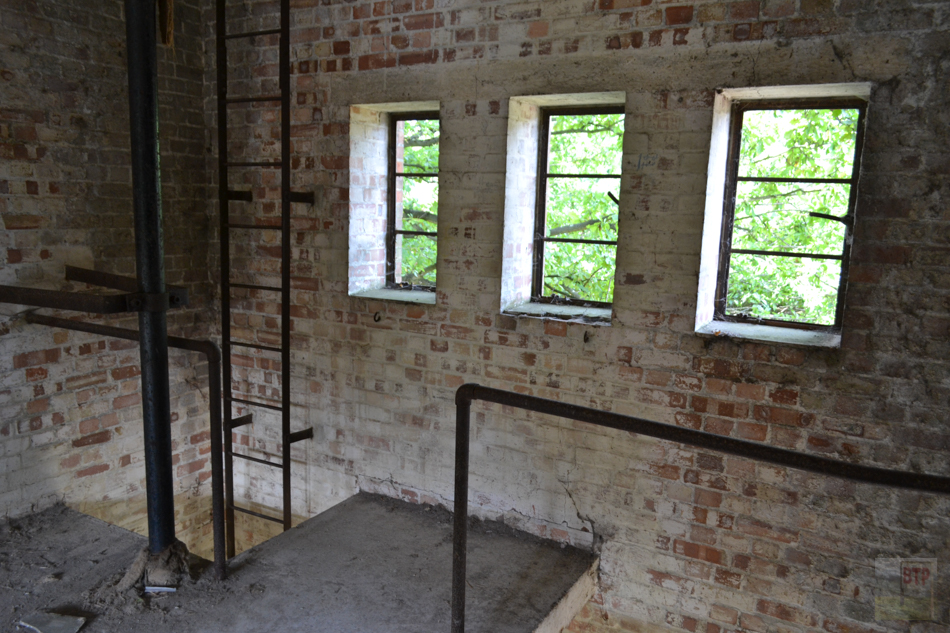
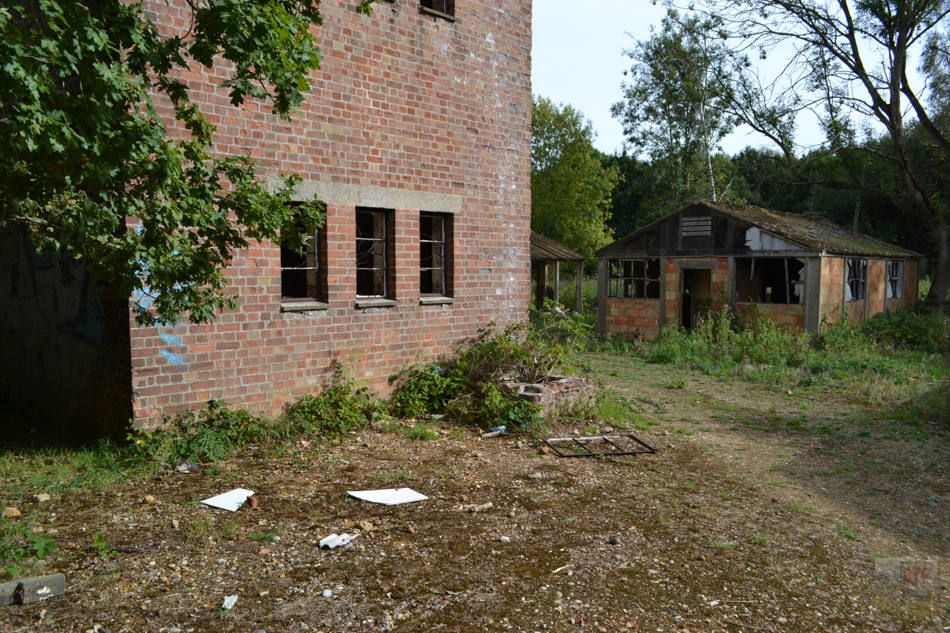
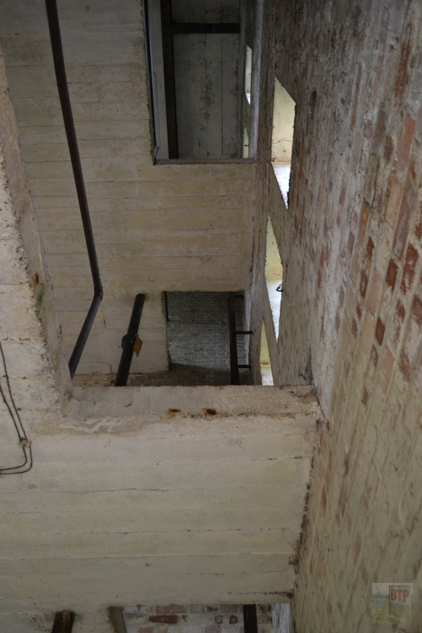
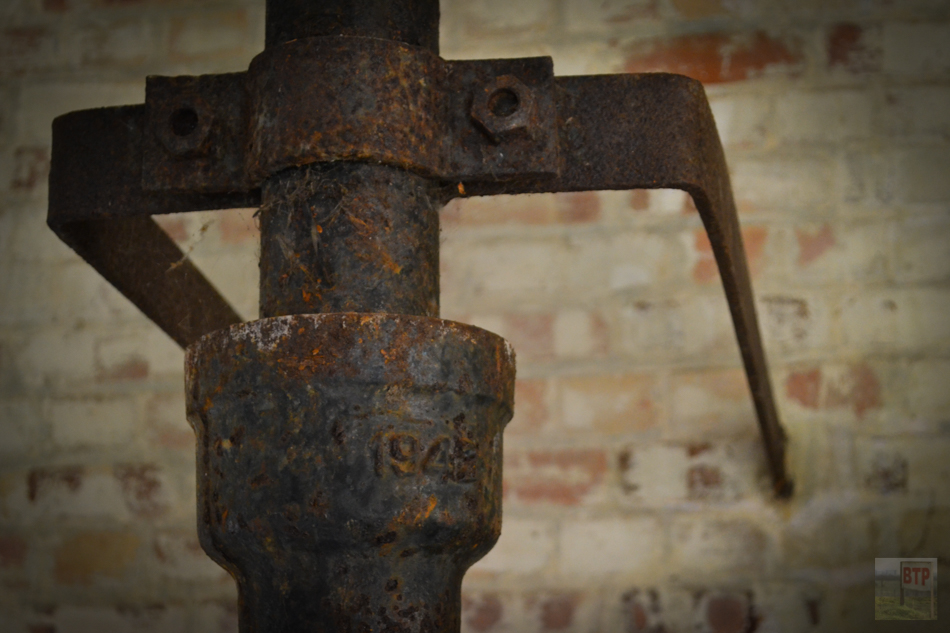
Other Details:
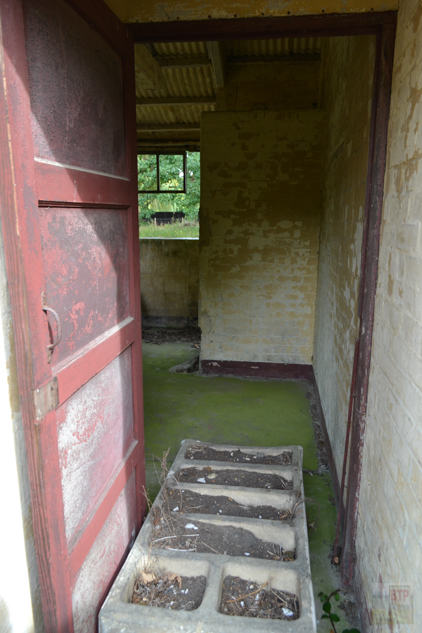
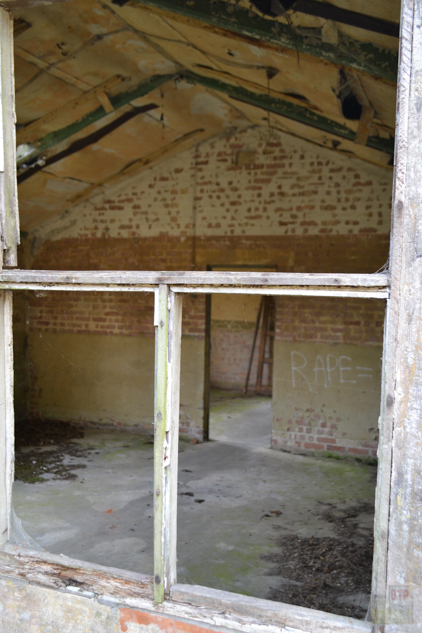
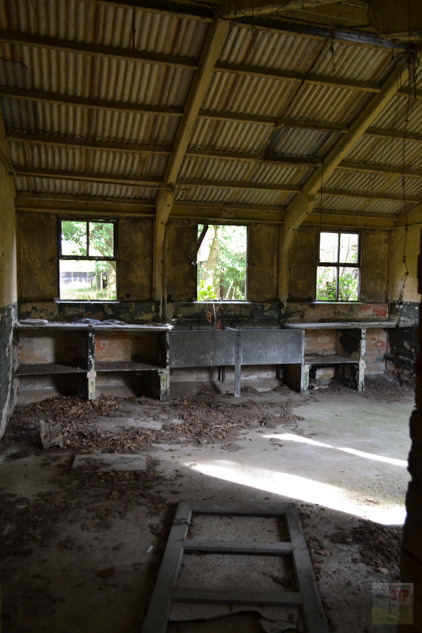
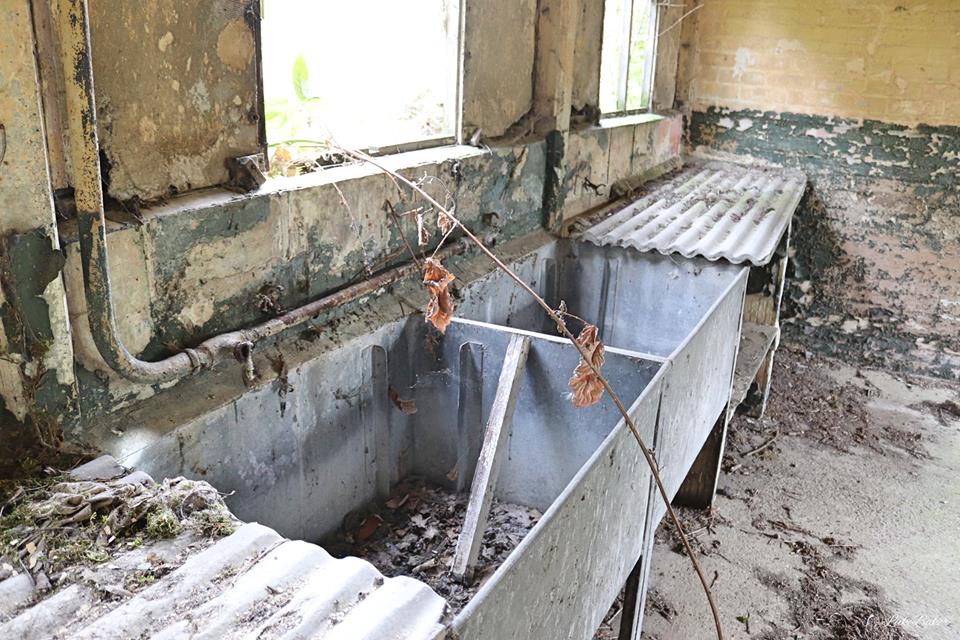
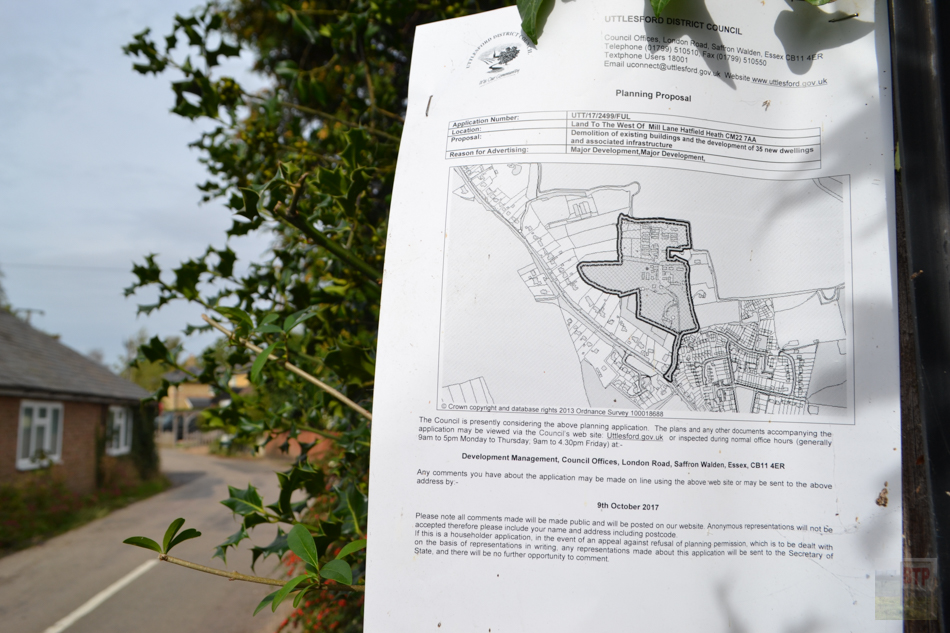
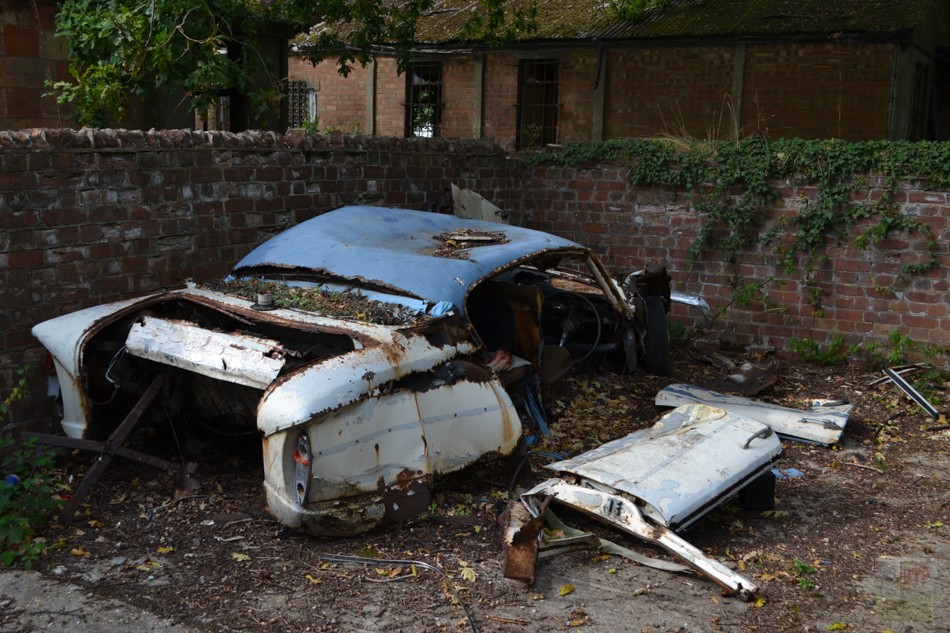
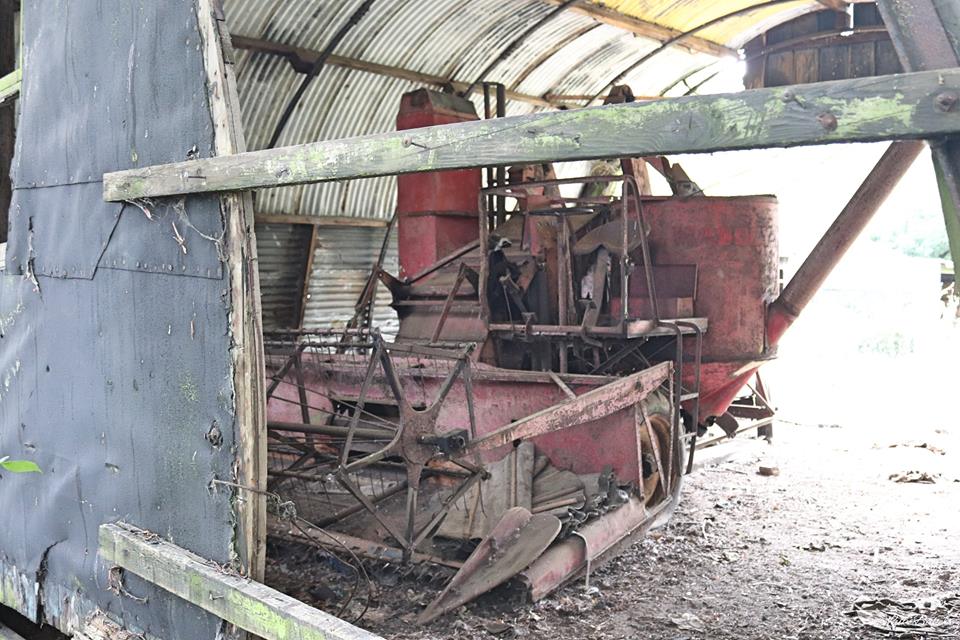
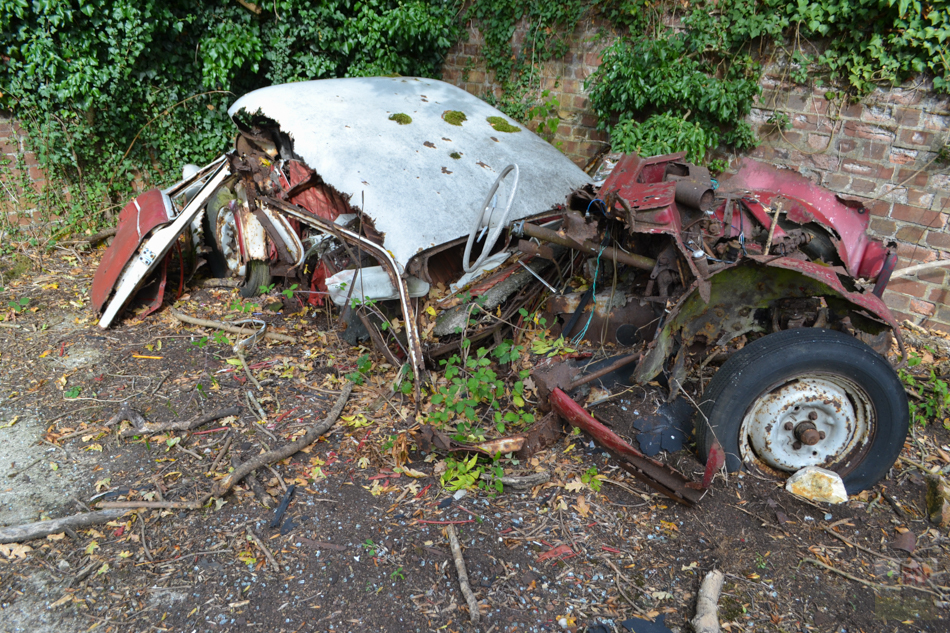
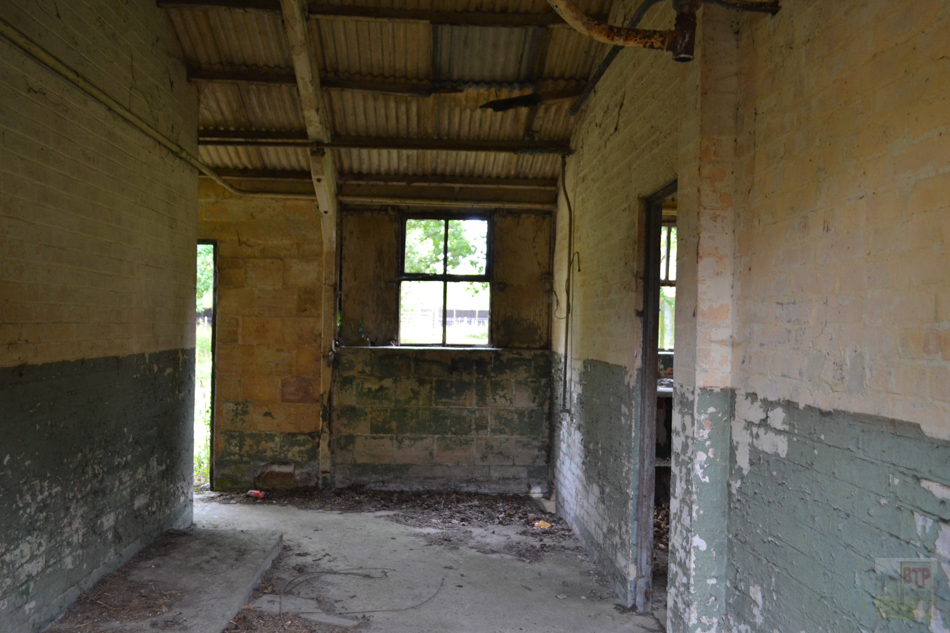
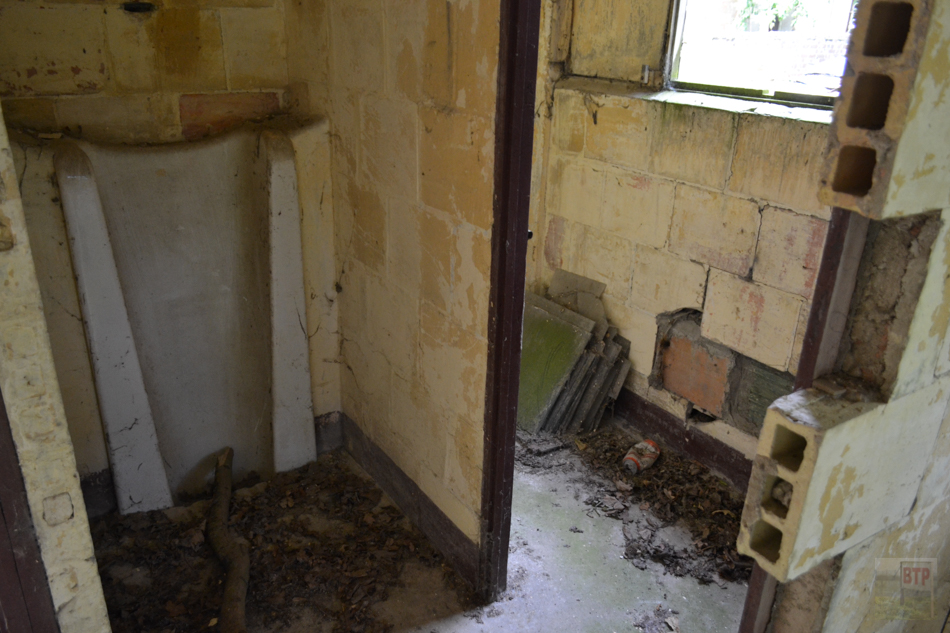
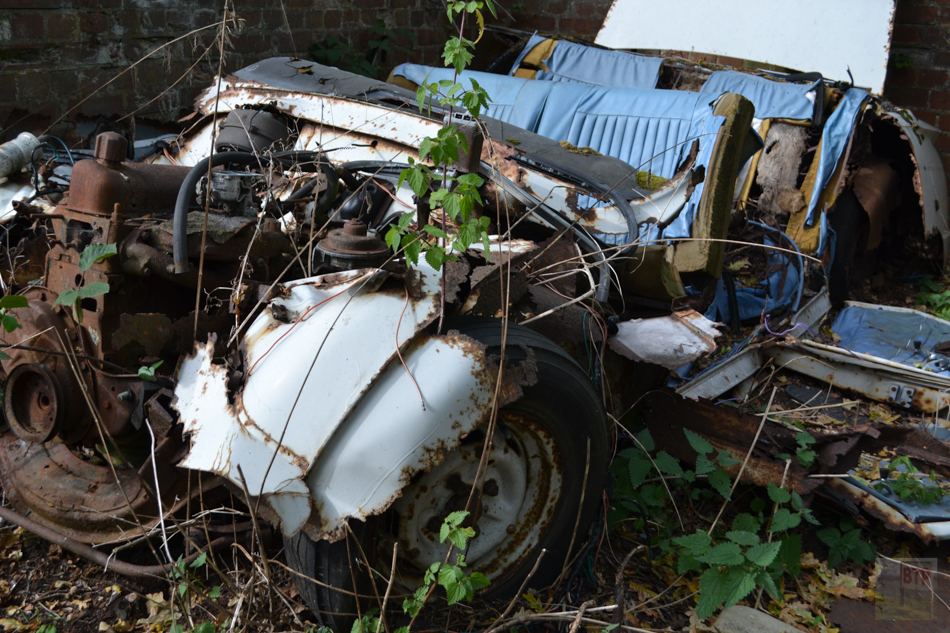
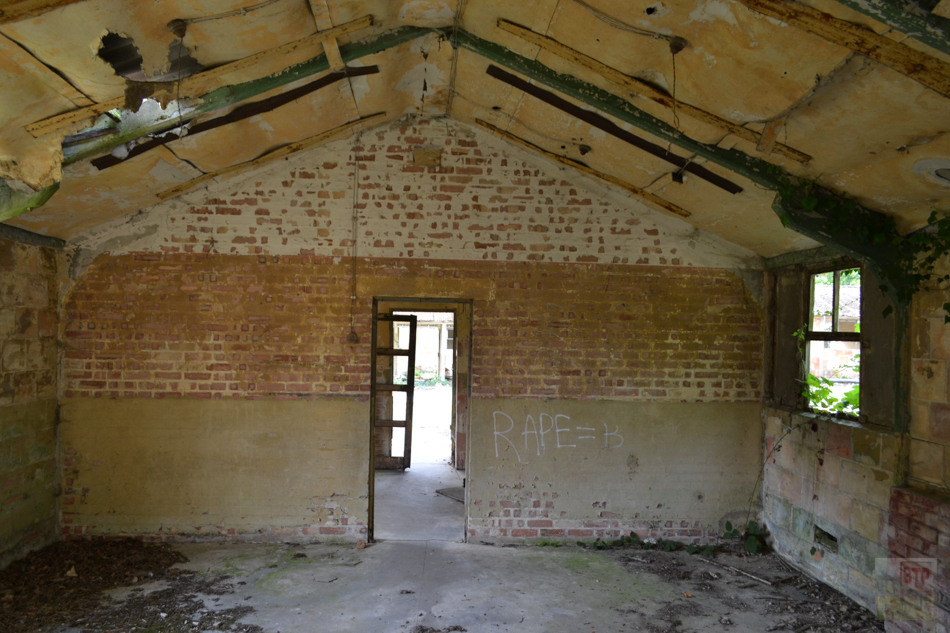
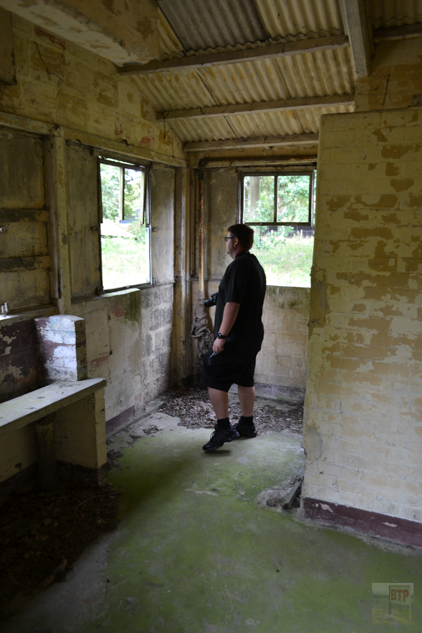
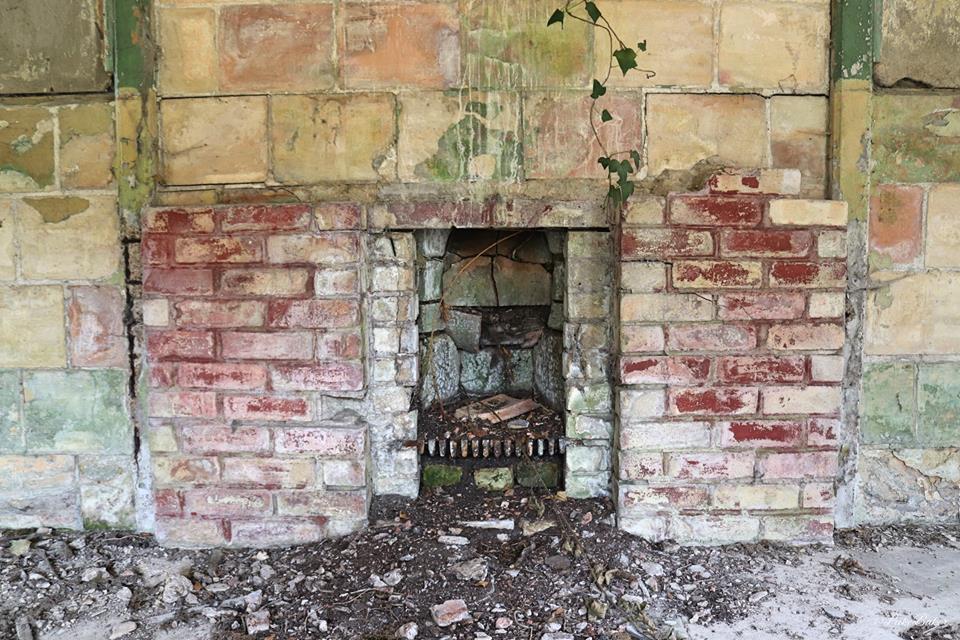
Photos from August 2022
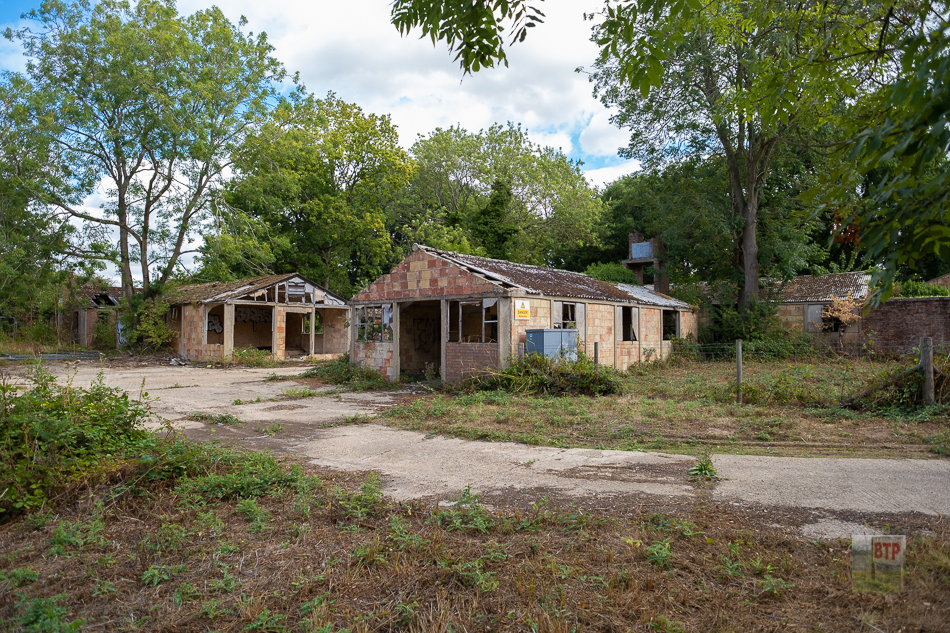
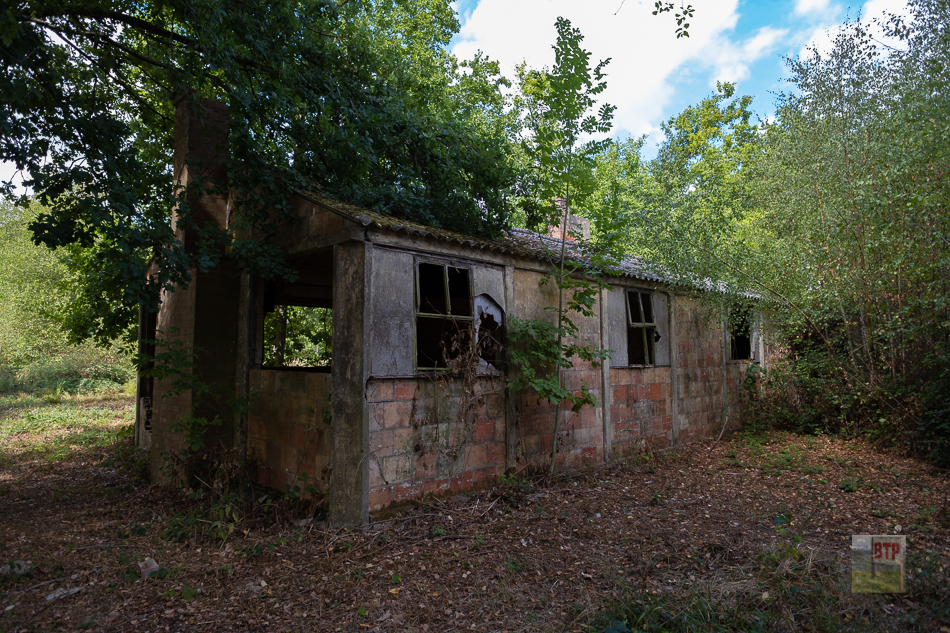
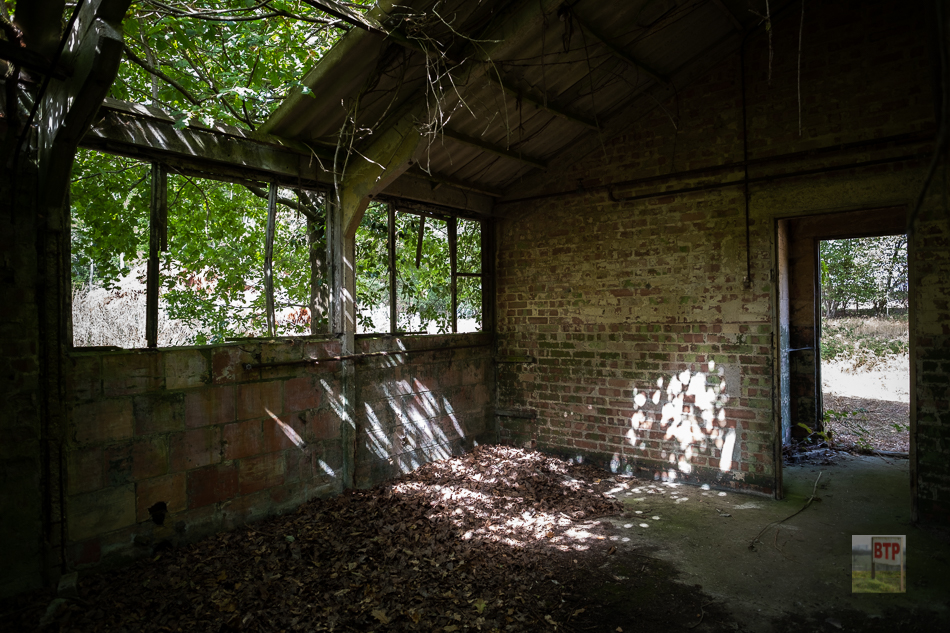
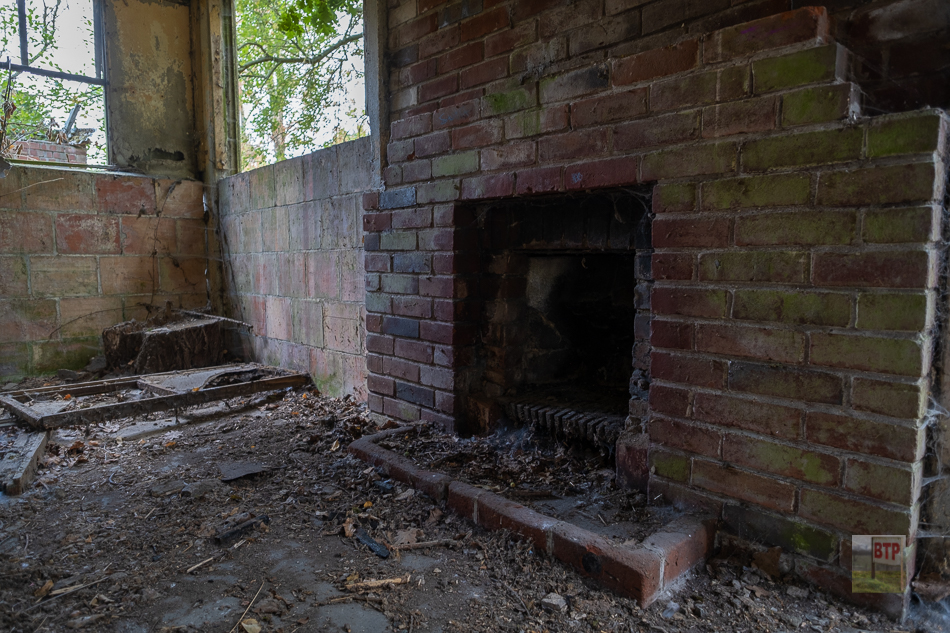
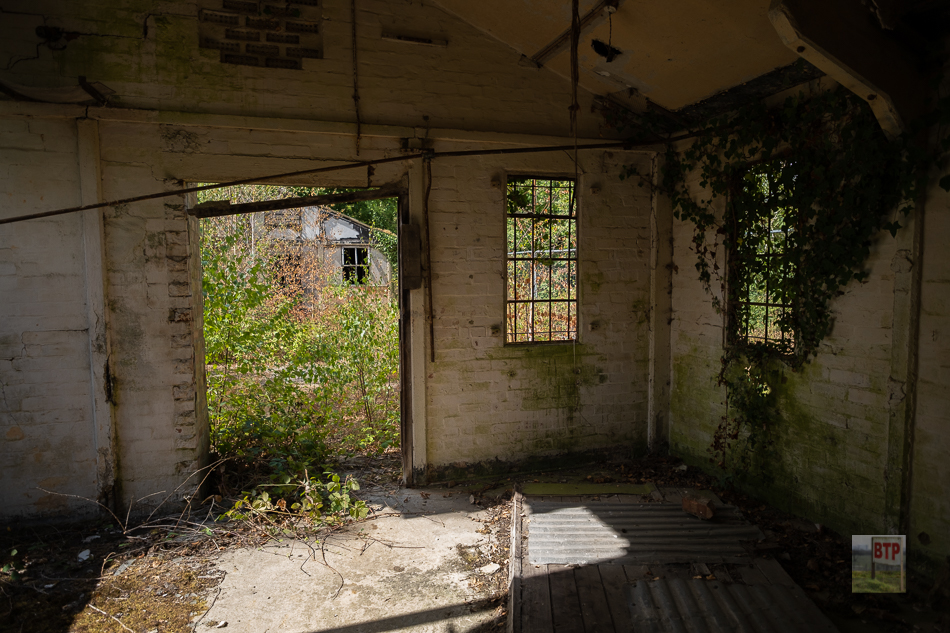
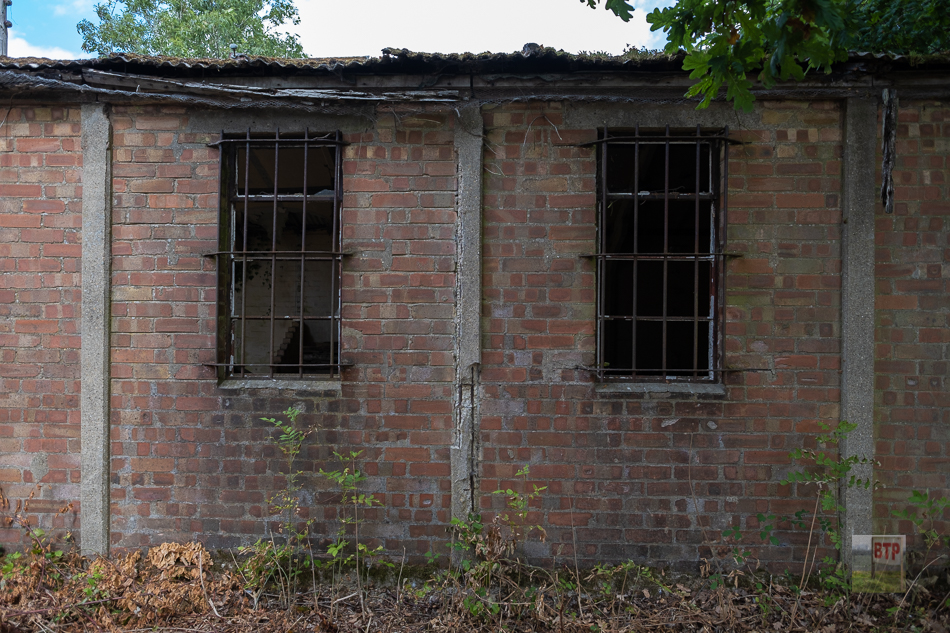
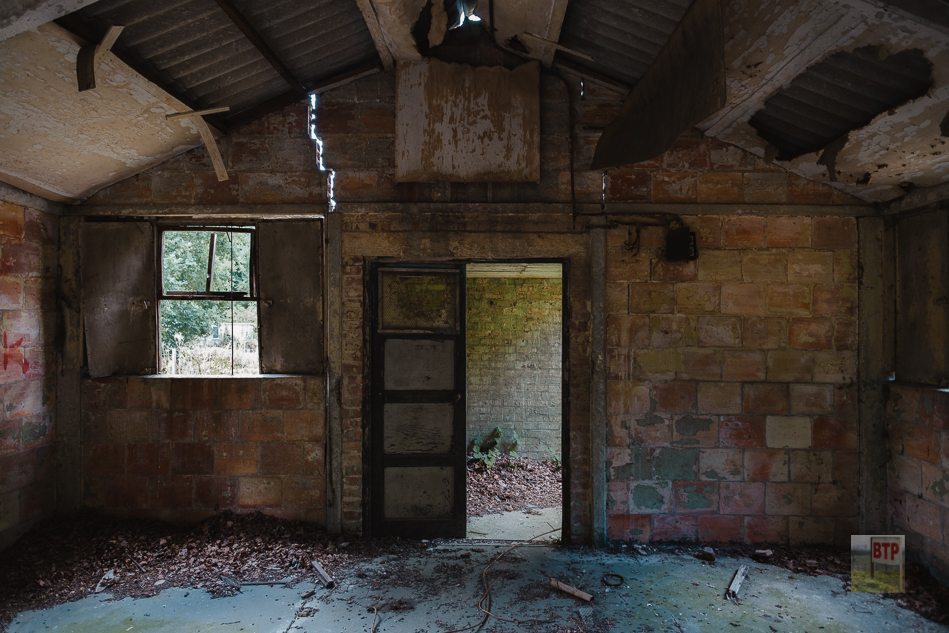
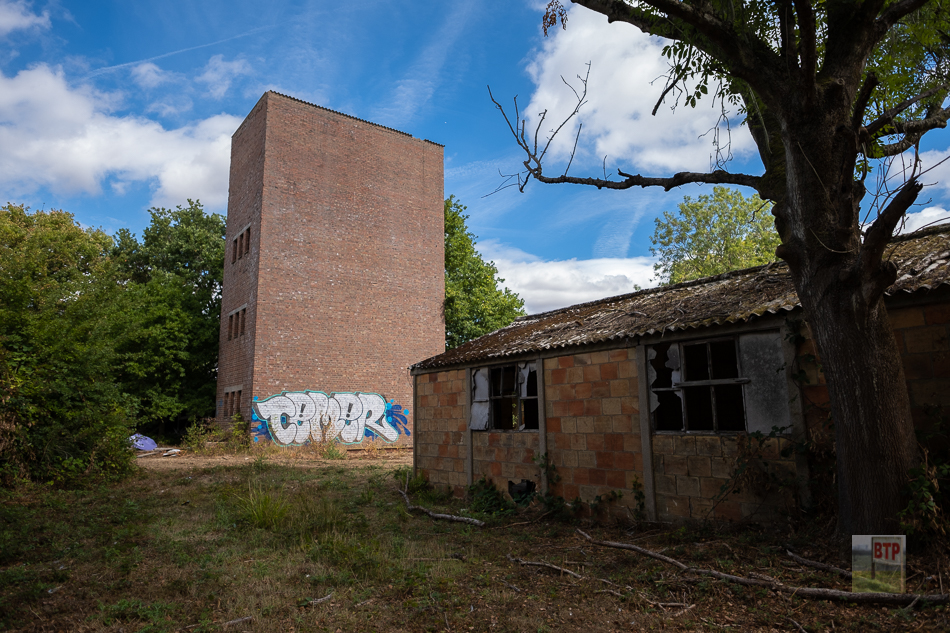
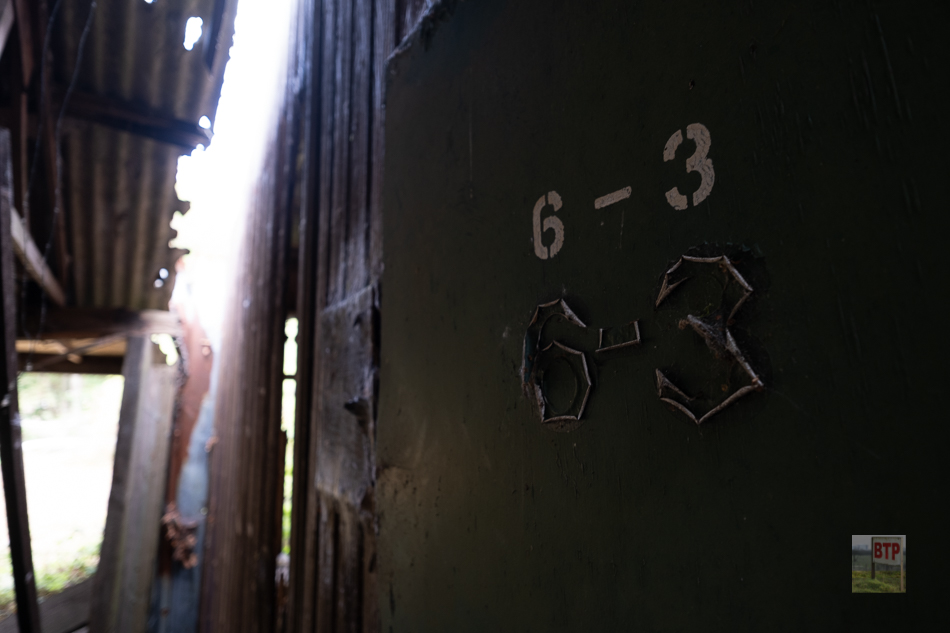
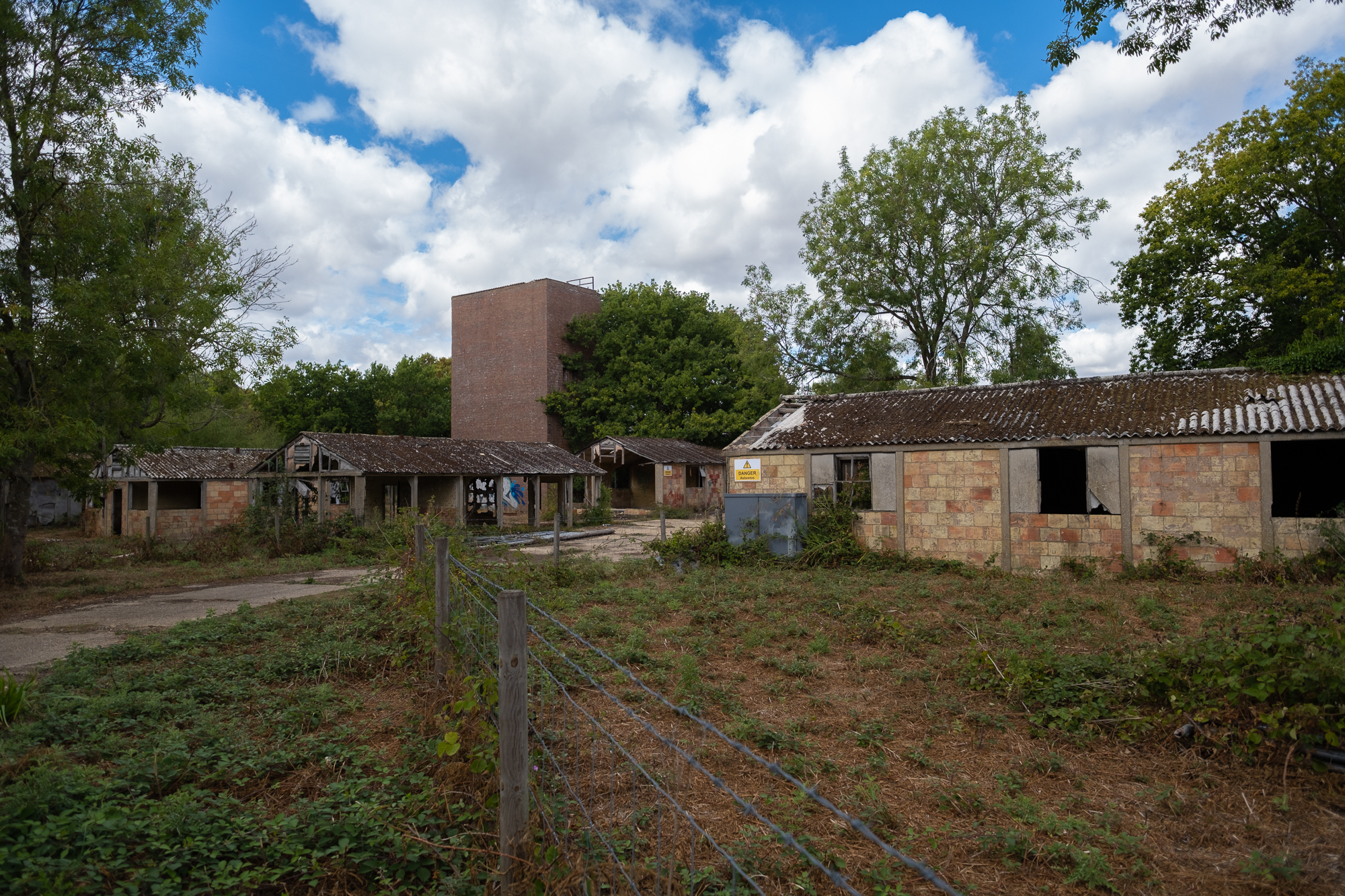
Sources:
https://www.dailymail.co.uk/news/article-4222680/Decaying-remains-WW2-camp.html
https://www.oblivionstate.com/forum/topic/11297-pow-camp-116-hatfield-heath-october-2016/
Thanks to Luke Andrew Baker Photography for some of the photographs featured here (watermarked) and also to Tom Outdoors who brought this place to our attention.



